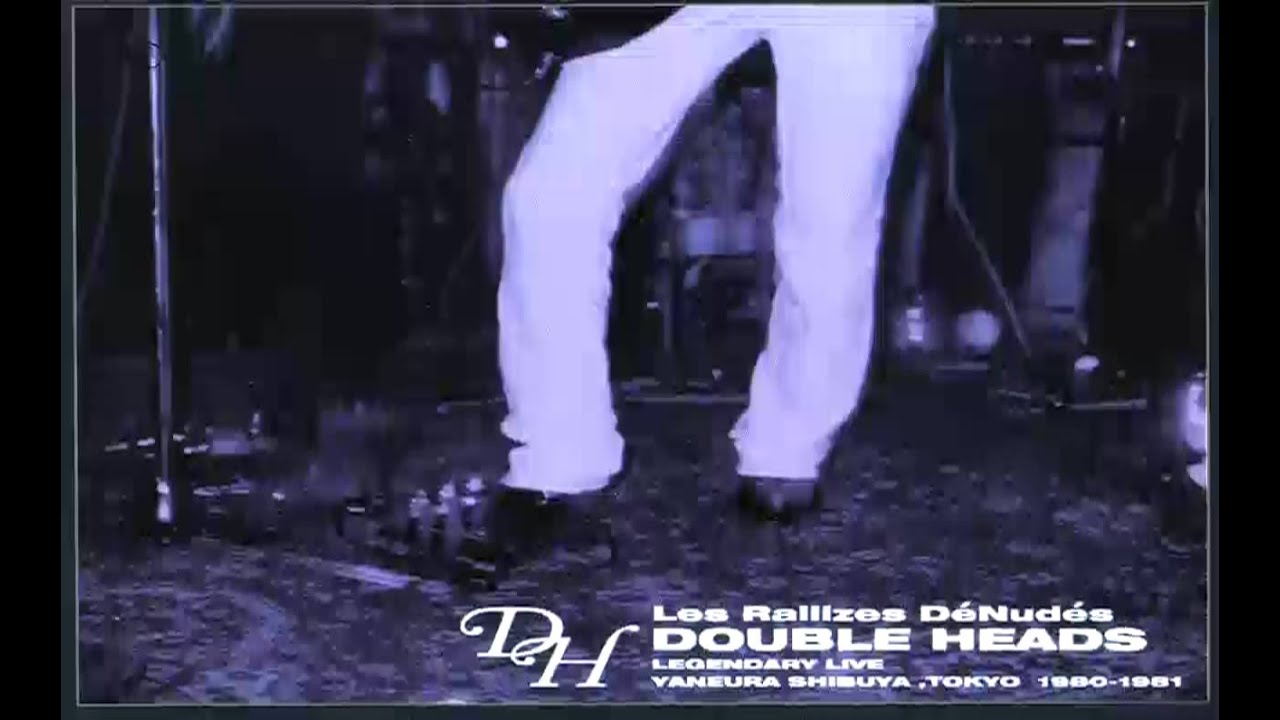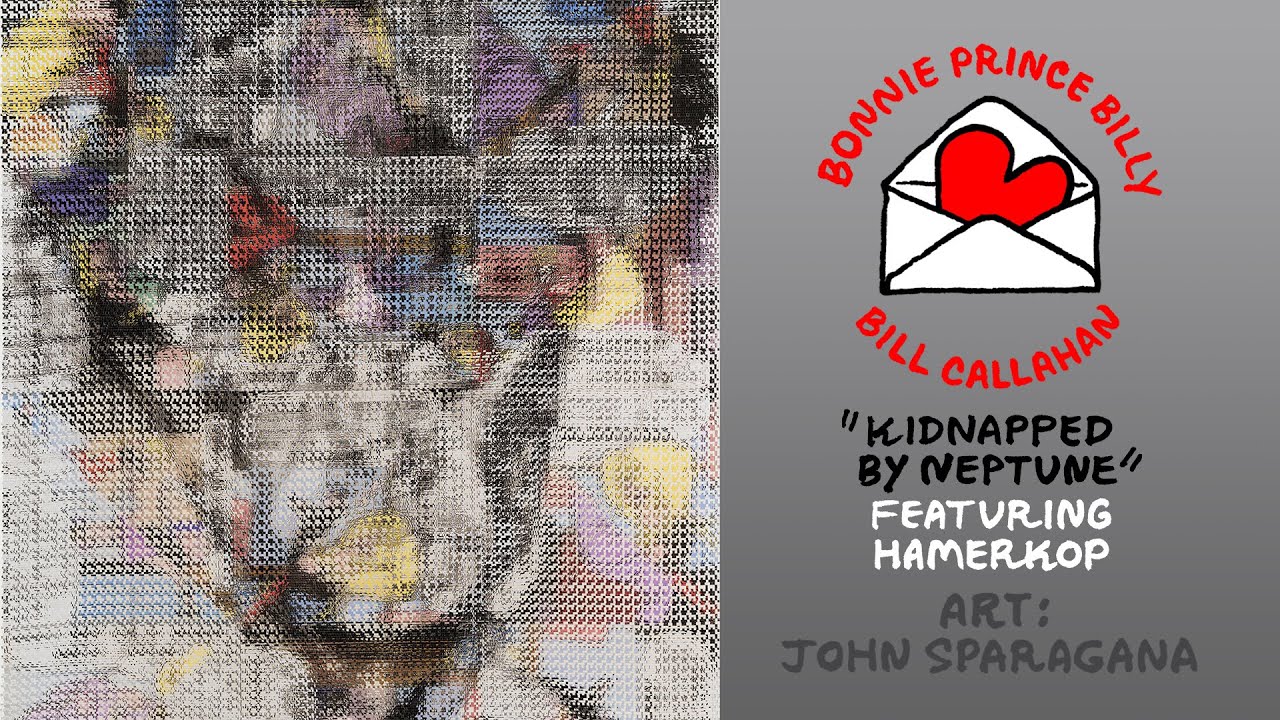62.
When the Ghanaian master percussionist Okyerema Asante first met James “Plunky” Branch and Oneness Of Juju during an East coast tour with Hugh Masekela, it was the beginning of an enduring relationship. Recorded at Arrest Studios in Washington D.C. in October 1977, with musicians from Oneness and frequent Gil Scott Heron collaborator Brian Jackson on piano, the album was a heartfelt expression from Assante, who said: “I wanted to project the African spirit in the music and come out with some unique African jazz. To be able to record it on Black Fire was extra special.” The reworked Oneness classic ‘Follow Me’, with bass drum in place of the bass guitar, is one of several standout tracks, along with ‘Mother Africa’ and ‘Never Fly Away From The Funk’. Best of all, however, is the pumping percussive workout ‘Play A Sweet Rhythm On Them Drums’, whose banging hand drum and whistle introduction serves as a clarion call for feet on the dancefloor. Anyone who can sit through this track without at the very least a tapping of a foot should probably see their doctor ASAP.Okyerema AsanteDrum MessageStrut / Black Fire
61.
I gave in to Double Heads after hearing the version of ‘Night Of The Assassins’ from August 14, 1980 (which I am pretty sure is also released as the LP Down & Out In Tokyo, but with a wolf whistle from the crowd cut out). It opens with a delicate touch on its perfect bassline; drums that skip like tap shoes on pavements, before the lead guitar erupts, consuming all in a molten electric sludge that covers everything in howling, ash-drenched sonics. I had to have it; I am helpless to resist yet another version of ‘The Last One’ I might not have heard.Les Rallizes DnudsDouble Heads: Maximum Psychedelic Blues YearsNot On Label
60.
Grand Veymont is the French duo of Béatrice Morel Journel and Josselin Varengo, and the pair’s music is a revelation, taking synths and motorik rhythms as a starting point but flying off into something breathtakingly diverse. ‘Je cours après avant’ begins with shuffling arpeggios before switching into what sounds like a four-handed, four-dimensional organ solo, finally sidestepping into a beautiful vocal ascent.Grand VeymontGrand VeymontMoon Glyph
59.
The ravishing Rhapsodia / Battements Solaires from Michèle Bokanowski brings together two 17-minute-plus pieces, one from 2018 and the other from a decade earlier and taken from a film by her husband Patrick Bokanowski. Interested in musique concrète from an early age, she studied under Pierre Schaeffer and with Éliane Radigue. But there is considerably more incident in her music when compared to the glacial evolutions of Radigue’s work – the two parts of ‘Rhapsodia’ are built of soft, warm loops, sweeping pads, and feel suffused with golden light. ‘Battements Solaires’ appears at times like it’s channelling solar winds through the listener’s speakers, and delivers on the sense of massive cosmic forces at play promised by the title with its deep bass rumbles and evanescent higher tones. Some time later, a brief snatch of crystalline melody appears only to be lost again in the milky immensity.Michle BokanowskiRhapsodia / Battements SolairesRecollection GRM
58.
David TudorMonobirds
57.
The Night House, incredibly one of three top-class scores Ben Lovett has composed this past year, is one of those albums that immediately endears itself to you within the first minute. It’s a spellbinding opening, with a gorgeous and emotionally rich melody that washes over you, leaving its detritus to be absorbed as the more dread-filled elements begin to play; remaining under the surface as things get gloomier and gloomier, symbolic of at least a shred of hope. The journey feels harder and harder as Lovett’s confining soundscape constricts further, but it’s certainly worth the effort to see it through. LovettThe Night House (Original Motion Picture Soundtrack)Lakeshore
56.
I missed Kornet’s gig at this year’s Ljubljana-based Grounded Festival, but the rising Croatian DJ’s mix was fortunately featured in one of object blue’s recent shows on Rinse FM. I chose it as one of my favourites of 2021 because it is a daring and explorative festival mix, which opens with a mystical 10-minute ouverture that comes across like a spiritual preparation for the incoming sonic onslaught. Kornet’s mixing is very dexterous and constantly hands-on. His selection is marked by low-freq pressure, transglobal percussive hyperactivity and heavy dynamics ranging from harsh noise to quasi-sound art. Running at just about 70 minutes, the mix includes 41 tracks by the likes of Slikback, Ziúr, Don Zilla, ABADIR and Nazar as well as less known names like RomanOwitch, Daniel Ruane and KAVARI, to mention a few, skillfully stitched together into a distinct avant-garde dance music tapestry that will propel you into dancefloor contortionism.object blue With KornetRinse FM, 30th October 2021N/A
55.
PJ HarveyIs This Desire?Island
54.
After a long absence, the Zanzibara series returned with this stone-cold killer, collecting modern, often electric iterations of taarab from the Southeast African coast. The mixture of accordion (or organ) and electric guitar, keening Swahili-language singing, and loping grooves is both irresistible and otherworldly. Werner Graeber, the scholar behind this essential series, also produced an essential 1989 collection of Tanga taarab with Black Star and Lucky Star Musical Clubs, and this fleshes out that tradition magnificently.Various ArtistsZanzibara 10: First Modern Taarab Vibes From Mombasa & Tanga / 1970-1990Buda Musique
53.
Someone To Drive You Home is one of those records that managed to make the story of a place or situation appear both intensely personal and resoundingly international. Like the gloriously dumb but life-affirming misappropriations of Bridget Riley’s work as OpArt record covers, the Blondes somehow warped their bedsit visions of the pleasure principle into a wider feeling of transnational fun. Someone To Drive You Home is a true pop misappropriation of the title of William Morris’s earnest artisan-socialist book, News From Nowhere: a bulletin board for the lonesome groover. A listener could quickly connect to the record’s lyrics or the manner of their delivery, the atmospheric licks and seedy synths and the simple, steel-beating rhythms. Many bought the same knock-off clothes from Help The Aged or Guide Dogs. Others could just about afford the flimsy guitars and patched up synths the band used.The Long BlondesSomeone To Drive You Home: 15th Anniversary EditionRough Trade
52.
Canadian DJ Darwin’s entry to the Dekmantel podcast series is a dizzying exploration of bass-heavy club sounds that runs through various tempos with ease. Her sets have long seen her champion dubstep and wider 140 bass pressure, and this mix is no different as the Latin club flavours of the early stages eventually give way to screwface-inducing dark garage, classic dubstep (Skream remixing Pinch, Appleblim) and swampy jungle.DarwinDekmantel Podcast 351N/A
51.
To pass the time and stave off insanity during the last two years’ many periods of stasis, two of America’s greatest modern songwriters, Bill Callahan and Bonnie “Prince” Billy, have been churning out some extraordinary cover songs. Through their label Drag City, they reached out to a sea of different musicians, from Meg Baird to Ty Segall, Six Organs Of Admittance to George Xylouris, and worked on covers of whatever songs meant the most to their collaborator. The result is a delightful record that glows with passion for the craft of song, the undeniable peak of which is a heart-wrenching take on Silver Jews’ masterpiece ‘The Wild Kindness’ featuring late frontman David Berman’s widow Cassie and backing vocals from many of the record’s other collaborators.Bill Callahan Bonnie Prince BillyBlind Date PartyDrag City
50.
An absolute tour de force in current 160 BPM and jungle music, SHERELLE sums up exactly why she’s often spoken about in such breathless terms on this contribution to the fabric presents compilation series. It’s a mix that barely lets up as the UK DJ nods to the greats and the new school of the scenes in which she has made her name, with classic cuts from the likes of Cloud9 and DJ Rashad rubbing up next to upcoming, well-respected figures such as AceMo, Kush Jones and Tim Reaper. What’s more, she also gives one of her own early forays into production a runout, in the form of the hulking, ape-raving banger ‘JUNGLE TEKNAH’.Sherellefabric presentsfabric
49.
To suggest that a newly discovered live recording of John Coltrane’s A Love Supreme is a significant event for jazz scholars and Coltrane devotees is something of an understatement. Since its release in 1965, the work has accrued both mythic status and mystic heft. The pristine, 33-minute suite is divided into four parts – the modal invocation of ‘Acknowledgement’, the heavily swinging hard bop pieces ‘Resolution’ and ‘Pursuance’, and the concluding hymnal ‘Psalm’ – which, together, form one of the most perfectly realised and beautifully self-contained statements in 20th century western art.John ColtraneA Love Supreme Live In SeattleImpulse!
48.
Chris CarterElectronic Ambient Remixes One & ThreeMute
47.
Over the last half-century, Nechvatal’s Zelig-like career in the arts has taken him from working as La Monte Young’s archivist and squatting in Laurie Anderson’s building in Lower Manhattan to the Documenta festival in Kassel and the Lascaux Caves deep in the Dordogne. He’s worked with Jenny Holzer and Rhys Chatham, studied with Roy Ascott and Arthur Danto, and published his own work in almost every conceivable medium. In 1983, he founded Tellus, an audio magazine for the sonic arts, produced on cassette, and featuring, over its decade-long run, contributions from Sonic Youth, Glenn Branca, Wharton Tiers, Julius Eastman, Ellen Fullman, Christian Marclay, Woody Vasulka, Alison Knowles, and many, many more. In later years, he became a pioneer of virtual reality and artificial life, making work for concert halls, poetry imprints, and art galleries inspired by the likes of Antonin Artaud and Virginia Woolf. A new tape compilation for Chicago’s Pentiments Records, Selected Sound Works (1981–2021), spans his career.Joseph NEchvatalSelected Sound Works 1981–2021Pentiments
More: Album review
45.
The energetic nature of 101 is one of its greatest strengths, the portrait of a Young Band and Slightly Younger Fans basically having a time together even though they don’t interact all that much, the band more on the grind and sometimes showing it, the kids out for a party. But it’s also the portrait of it being an American fanbase that’s key. More than once I have heard from friends in the UK who are of my age that at that time when 101 came out, they literally could not believe that Depeche Mode of all bands had apparently turned into this huge arena-filling monster over in the US. The band had long continued on from their early eighties breakout but the images and the styles that were most associated with from those days had never quite been shaken, at least up until that point.Depeche Mode101Mute

44.
Gayest Tits & Greyest Shits sees Terre Thaemlitz collect much of her Comatonse output beyond 2009’s seminal Midtown 120 Blues album into one vital collection. This is some of the finest deep house released over the last 23 years and a great introduction to Thaemlitz’s work as DJ Sprinkles if you’re looking to get acquainted. Highlights come particularly in the closing run of cuts as the serene ‘Meditation On Wage Labour And The Death Of The Album (Sprinkles’ Unpaid Overtime)’ rolls into the breezy ‘Kissing Costs Extra’ and eventually to one of Thaemlitz’s crowning glories on record, for me at least: the spellbinding ‘Admit It’s Killing You (And Leave) (Sprinkles’ Dead End)’.DJ SprinklesGayest Tits & Greyest Shits: 1998-2017 12-Inches & One-OffsComatonse
43.
A tribute to the great Ghanaian producer Dick Essilfie-Bondzie, Essiebons Special collects some of the greatest funk, highlife and afrobeat music he released through his towering Essiebons label during a particularly rich period in the 1970s and 1980s, as well as a number of prime unreleased cuts from the vaults that he uncovered during a lockdown spent digitising his enormous back catalogue. Sadly, the producer died before the album could be released, and it only scratches the surface of his influence, but it makes a fitting tribute to his brilliance all the same.Various ArtistsEssiebons Special: 1973 – 1984 Ghana Music Power HouseAnalog Africa
42.
Given that the appearance of a little sticker containing the abbreviation ‘NWW’ can take an old vinyl LP and render it prohibitively expensive and the fact that a lot of modern compilation albums are simply a churn of tracks already available elsewhere, it’s really good news that Strain Crack & Break exists. Stephen Stapleton’s Ur-hipster inventory is in good hands with the folk at Finders Keepers who at no point give in to the obvious commercial temptation of including Can’s ‘Vitamin C’ or Neu!’s ‘Für Immer’, instead choosing to plumb richer and weirder depths. Slap it on the platter, turn the lights down, turn the volume up, lie down on the couch and prepare to have your mind expanded.



